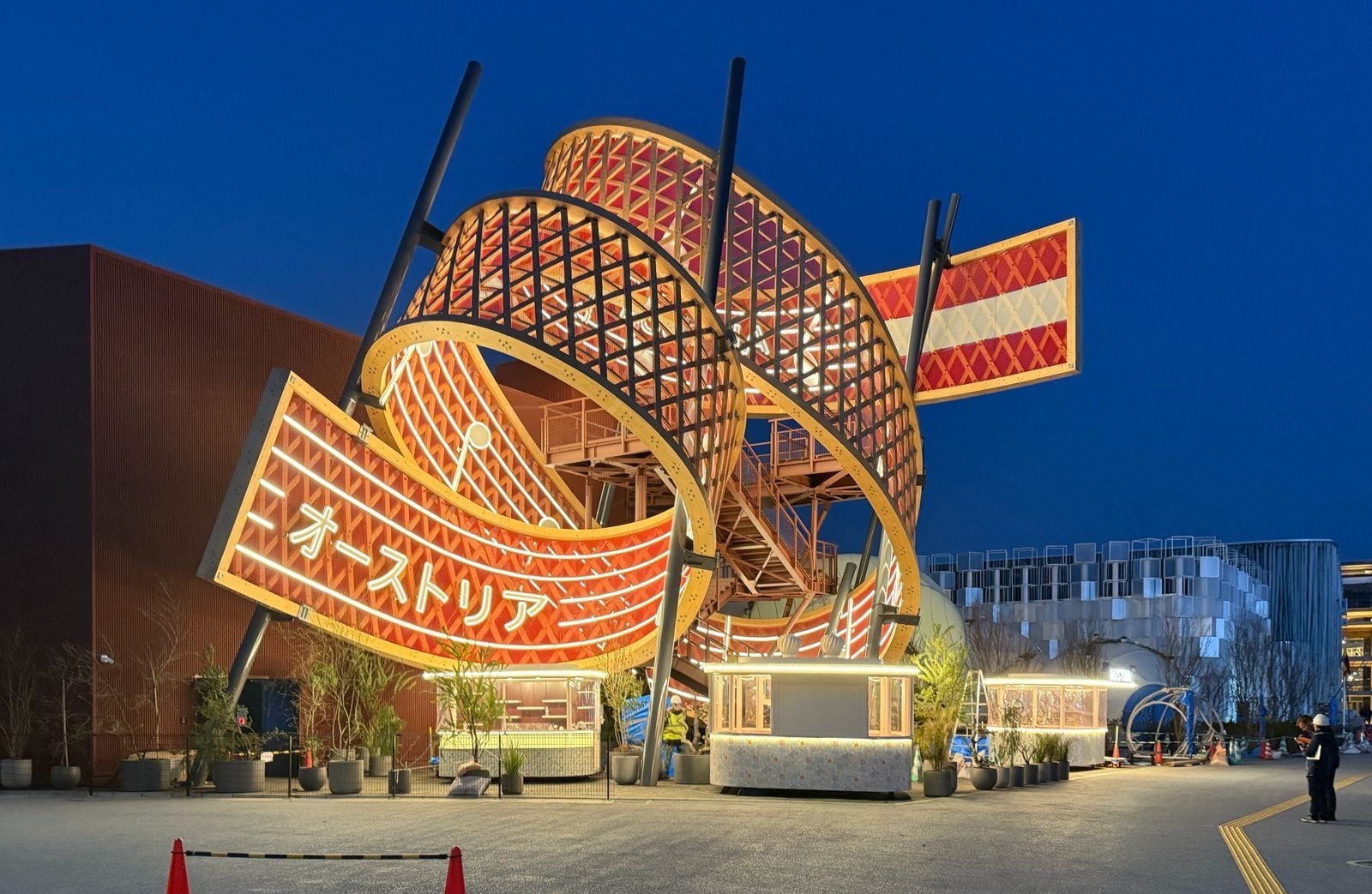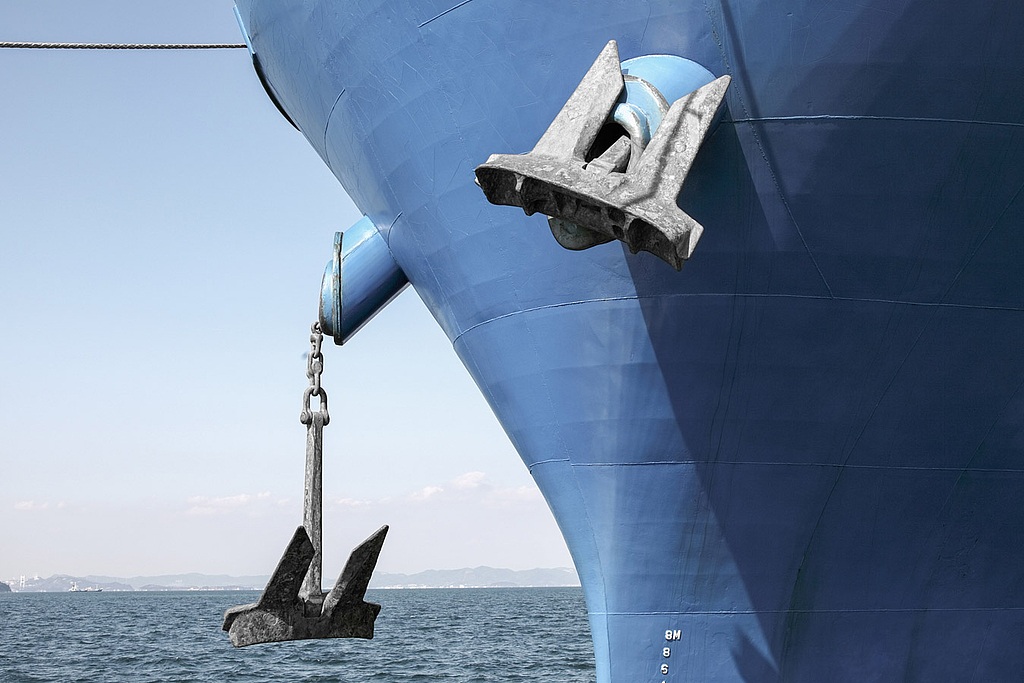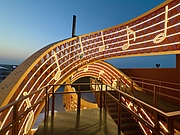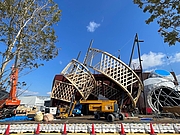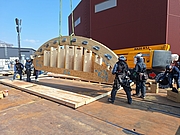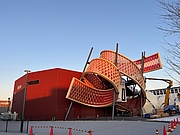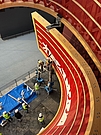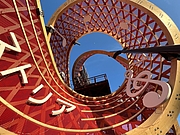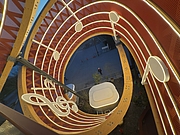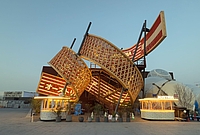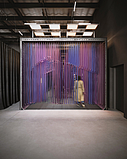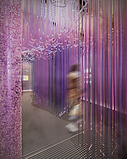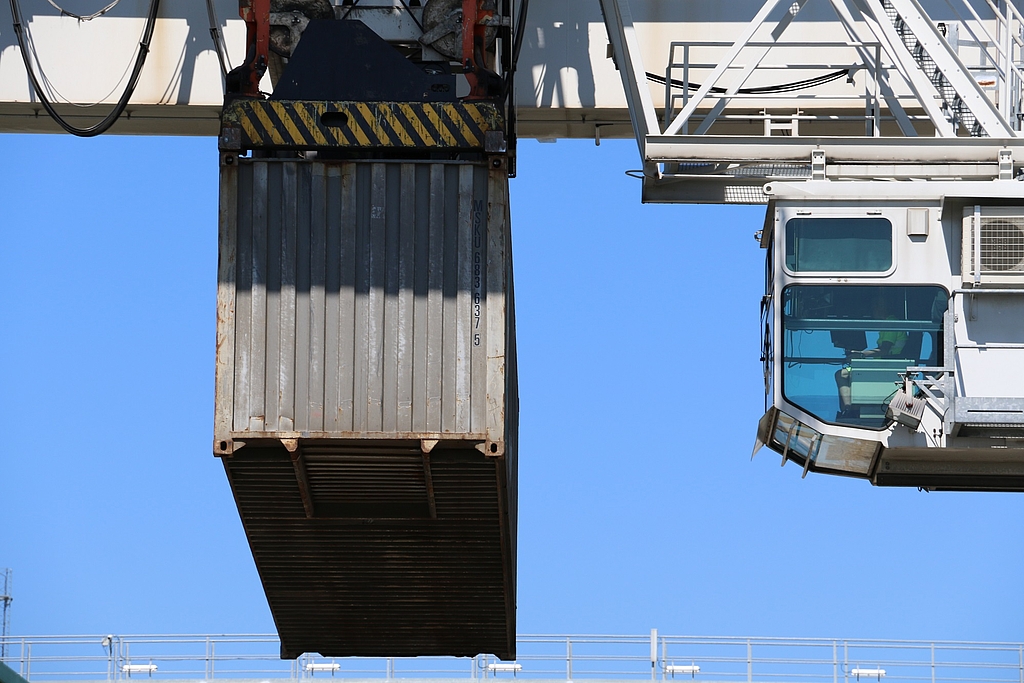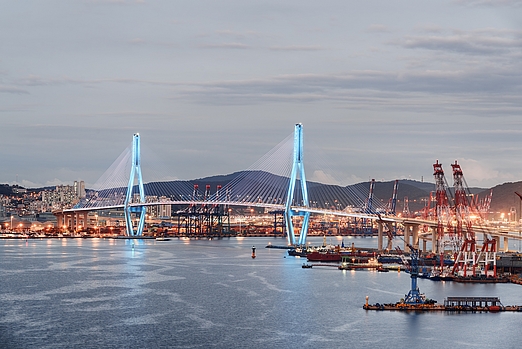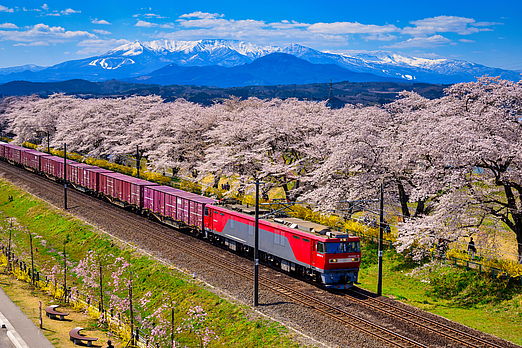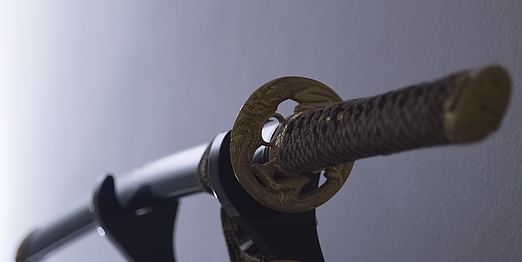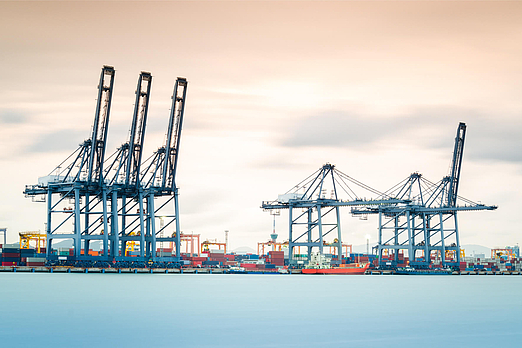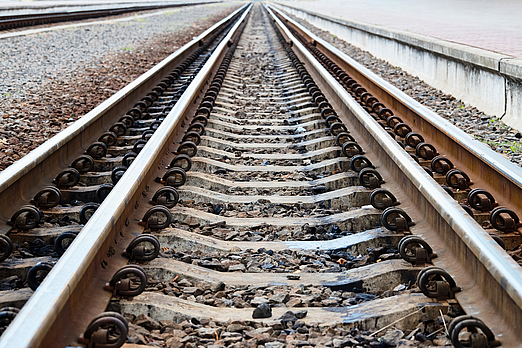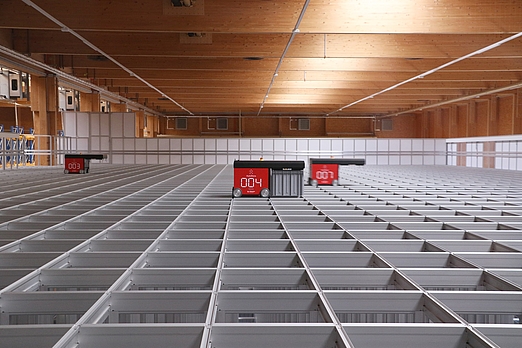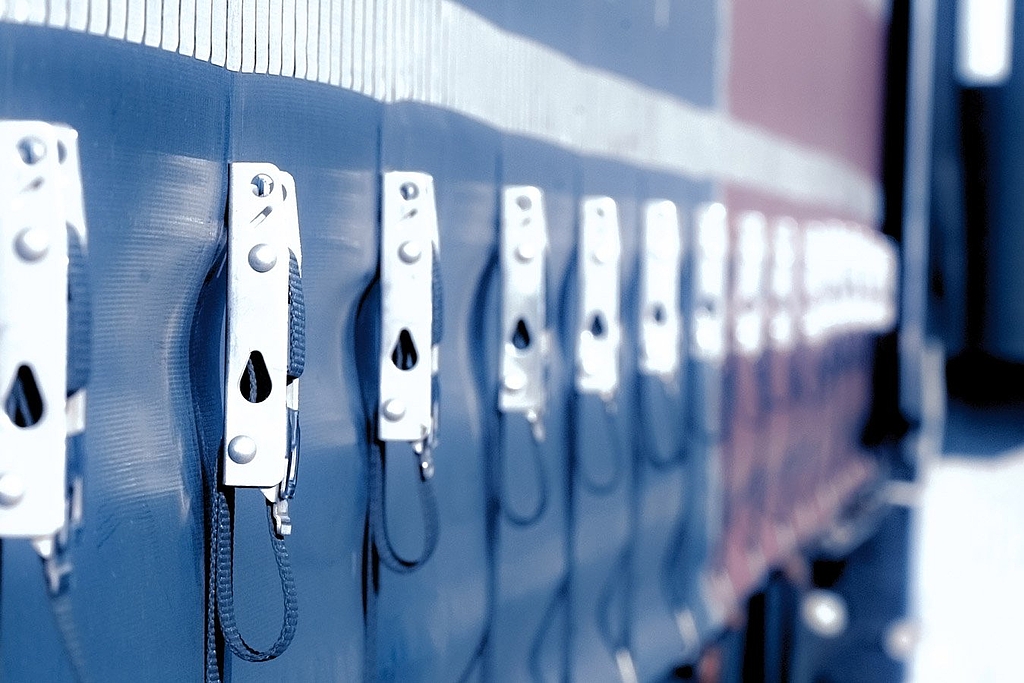From crystal palaces and steel giants to wooden spirals and “multi-climatic pavilions”
Expos are at the pulse of human inventiveness
- Insights
World’s fairs – now more commonly known as “Expos” – have been held since the mid-19th century, offering a glimpse into humanity’s economic and technological creativity. Originally conceived as a global showcase for participating countries to display and compare their technological achievements, the Expos continue to serve as a platform for innovation. The upcoming Expo 2025 will take place in Osaka, Japan. Learn more about legendary world’s fairs, the marvels they’ve unveiled, and the significant role cargo-partner has recently played in the pavilions of two European countries.
